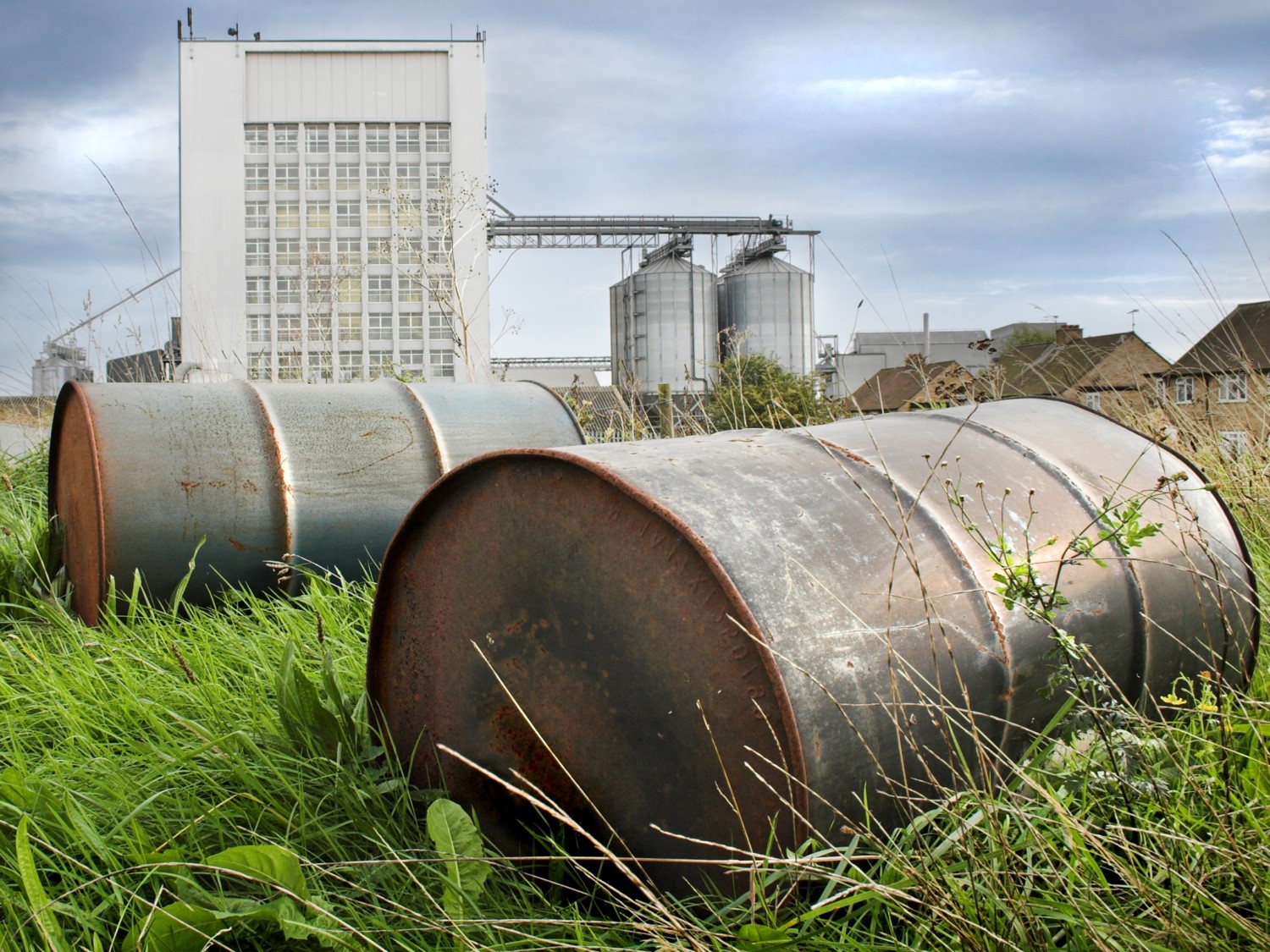Research on the Management of Contaminated Sites

Across the U.S., there are thousands of sites contaminated by releases of chemicals and toxins. These sites detract from human health and well-being, disrupt ecosystem services, and limit productive use of the land. EPA is providing innovative science solutions for contaminated sites, while restoring and protecting the environment and public health from exposure to environmental chemicals and toxins.
EPA land research includes the following:
Contaminated Soils and Sediments
Contaminated Sites
- Oil Spills Research
- EPA’s Technical Support Centers
- Remediation Technologies - Tools and resources to assist in contaminated site remediation
Science Inventory Resources
The Science Inventory is a searchable database of research products primarily from EPA's Office of Research and Development. See: all Science Inventory resources.
-
Fact Sheet: Assessing Community Vulnerability to Pollutant Releases Due to Extreme Events
- Developing Sediment Remediation Goals at Superfund Sites Based on Pore Water for the Protection of Benthic Organisms from Direct Toxicity to Non-ionic Organic Contaminants
- Assessment of Supercritical Fluid Extraction Use in Whole Sediment Toxicity Identification Evaluations
- Relative Bioavailability and Bioaccessability and Speciation of Arsenic in Contaminated Soils
- Converting Limbo Lands to Energy-Generating Stations: Renewable Energy Technologies on Underused, Formerly Contaminated Sites
- Introduction to Decision Support Systems for Risk Based Management of Contaminated Sites
- Passive Sampling to Measure Baseline Dissolved Persistent Organic Pollutant Concentrations in the Water Column of the Palos Verdes Shelf Superfund Site
- SMARTe: An Online Resource For Improving Revitalization Decisions For Potentially Contaminated Sites
- Stressor Identification (SI) at Contaminated Sites: Upper Arkansas River, Colorado
